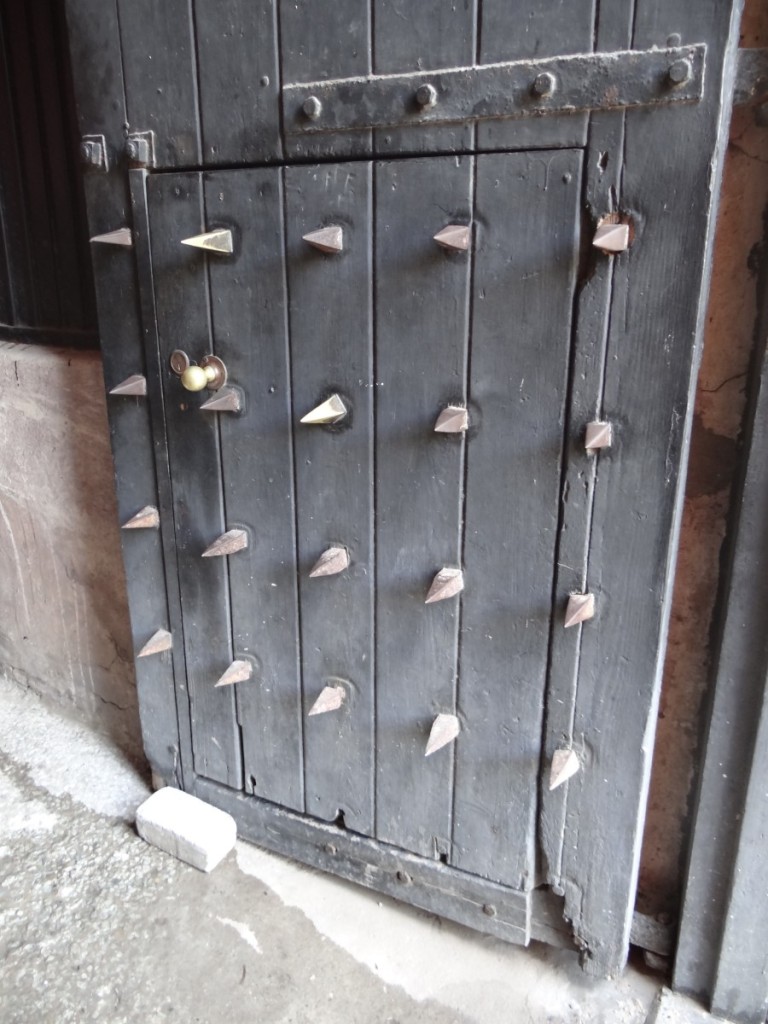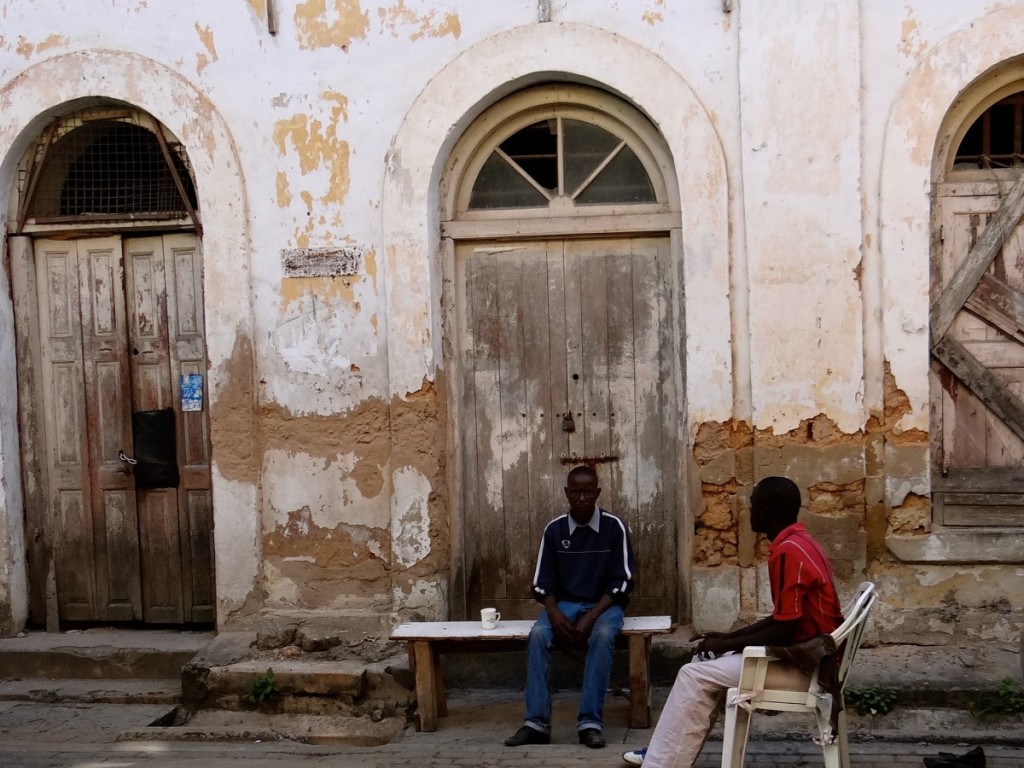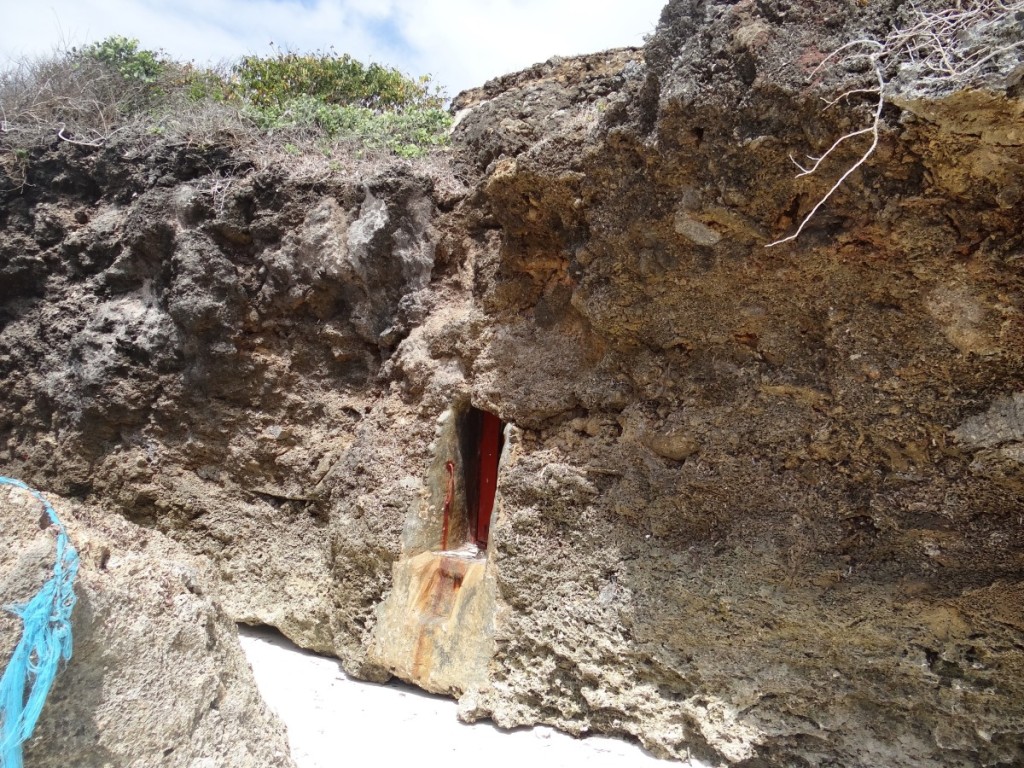I am sure you have heard of Mombasa, but did you know it was an island? No? I didn’t either. Nor did I know it had a checkered past. But when we visit Old Mombasa Town we soon discover its ancient history.
We sadly left the south coast of Kenya by taxi, where we had been for a while now to head slowly north. Diani Beach and the surrounding area has been quite a surprise to us, and we are in love with the white sand, blue waters, and smiling faces of the locals.
We had booked a hotel in Mombasa, but when we arrived it was NOTHING like their website photos. It described itself as ‘a quiet haven’ and laughable it was a doorway on the main street and just horrible. I was so pleased that they also had lost my booking, so we drove around and stayed at a nice club that had a restaurant and bar attached. I stupidly used a booking site I’ll never use again as they are known for their deceptiveness. Next time I will use Trip.com as I like that site, but that is just my own opinion!
But it did make us have a bad start staying in Mombasa.
I also had my days mixed up – something that happens a bit when you travel long-term. I thought it was Thursday, but indeed it was Wednesday. Being a primarily Muslim town, I was presuming the businesses would close tomorrow, being Friday, but of course being a day out it didn’t matter anyway.
So after lunch at the Club, we caught a tuk-tuk to Old Mombasa – which we then realized was within walking distance, and the driver had tricked us. He enjoyed the laugh with us and agreed to only charge us half the fare, which was already high.
First on the list of things to see was Fort Jesus (or Forte Jesus de Mombaça in Portuguese) built in the 1500’s in the shape of a man (viewed from the air), and was given the name of Jesus.
We walked down to the water where the children were swimming. We went to head up an alley but a boy was trying to grab my camera, and there were a few drug addicts, so we marched on.
As we walked up to enter the fort, a guy on a motorbike (I presume drugged, drunk or just carefree?) rode UP the ramp, and as I jumped out of the way, my shoulder caught on the spiked door. It ripped a gash in my flesh, and it bled. I was in quite a lot of pain and was glad my tetanus was up to date.
This put me right off the fort, so we never entered.
Instead, we walked down a little street.

©Exploramum and Explorason – Old Mombasa Town – Fort Jesus door/gate
Old Mombasa felt a lot like Cuba to me. I love seeing this little girl in the shop screen.
Men sat talking, working or playing as buildings decayed around them. Yes – this feels like Cuba!

©Exploramum and Explorason – Old Mombasa Town – decaying buildings
Old Mombasa is actually a hip place to eat, and shop. Worth a visit, but you need to do it in daylight.
Parts also feel like the Middle East, with carved doorways, and old wooden doors like this one.
We wander in and out of the stores and realize how inexpensive the wares are. Antique stores seem to be mixed in with African artifacts.
Men make furniture on the streets. It is an interesting place to visit.
And then we discover a gem.
Mama Sita. Take the left fork lane opposite the fort, and you will find a treasure heaven that has been here forever and a happy lady who runs it.
We loved her so much we came back two times on the first day, and then we returned the next morning to buy up. I only regret not getting more!
We decided to leave Mombasa on a high, after visiting Mama Sita. The owner was so kind to Explorason – we just loved her!
We had booked a room in a Guest House in Watamu further north, so we piled into a taxi that took us to the edge of town to the Matatu or minibus station. We paid extra for a spare seat for our bags, rather than risk putting them on top of the van. We managed to score the front seat, which we both loved, as we snuggled in tightly as we sat over the hot engine with the windows down. There was no window winder, so my arm soon felt the burning sun, and of course no air conditioning.
When we got to the intersection of where we were meant to be dropped off, the driver was busy chatting on his mobile phone, and we couldn’t interrupt him, so he missed the stop – and promptly had to turn back to drop us off.
Finally, we are landed at the T junction, swarmed by tuk-tuk drivers. We make a deal with one and head to the Guest House, but the driver can’t find it, and the directions prove totally lousy. Eventually, we find the house, and a boda-boda motorbike driver seems to have gotten into the act to try and get some shillings, but we keep telling him we don’t need him. But even when we take our bags in, we find him in the room. This really is common as they try to get a few shillings.
When we get inside we are shown three rooms, and when we had asked about the wifi when enquiring to stay we had been informed it was “hit and miss”. Well as they had NO modem, it was clearly a miss. It also wasn’t even as near to the beach as we wanted, so we left our bags and went for a walk.
We found a lovely Bed and Breakfast called Jambo House (and it was less expensive) a few lanes away, run by a Kenyan lady and her older Italian husband – who was ever so sweet.
So we arranged for them to call us a tuk-tuk, and we quickly gathered our bags, tipped the gateman at the other Guest House and left. So glad we did!
It was a pretty small room with lovely ensuite (I forgot to photograph). There was a lush garden as well as a lovely balcony where we could sit out (which I also forgot to photograph!). Plus it included breakfast each day upstairs on the balcony, so highly recommend Jambo House.
Down the lane on the beach front, we found a new cafe and restaurant called Coco Beach Cafe – a brave Italian lady is setting up. Loved it here, and ate a couple of times. Fab and friendly service! One night I forgot my money at the BnB, and they allowed one of the staff to come back and get it – so kind.
One morning we met a local making wooden boats. But he made them with a small knife. Cost about $10 AU each – bargain – but we didn’t buy one.
Another morning I went for a walk on the beach, and Explorason stayed at the Guest House watching a DVD with their son. I discovered this door in the rocks. What do you think it is for?

©Exploramum and Explorason – Watamu – Beach / Rock door
Tourism is quite low here, and the Maasai sell on the beach. I noted their shoes made from old tires, and it made me thankful for what I have.
Watamu is a small town – it used to rely on tourism, but tourism is low now. We hired a tuk-tuk for 2-3 hours to drive us around one day and see what there is. We found locals drying their clothes in the cemetery – how weird!

©Exploramum and Explorason – Watamu – drying clothes in the cemetery
There is a lot of art for sale, and it is house-paint on cotton stretched over parts of wood crates. They use what they can. Explorason and I both bought a painting, and mine needed fixing. Silly me paid the guy and came back in the afternoon to find him high as a kite on drugs and the artwork ruined. Needless to say, he couldn’t refund me. I learned never to pay up front – you would think I know that by now!
On our last day, we visited an orphanage called Happy House, and their school. In this photo are two boys – both found dumped in plastic bags at birth with the placenta still attached. One was saved just as a pack of wild dogs headed his way. It made me want to work with orphans all the more. Life is not disposable. This really touched me. We wanted to come back and arranged to play with the kids, but plans changed and we moved on to Malindi further north after 4 days.
As our journey continues, I continue to fall in love with Kenya.
I love every day in this amazing country, and I love the Kenya people too.
Come to Kenya and experience it for yourself.















